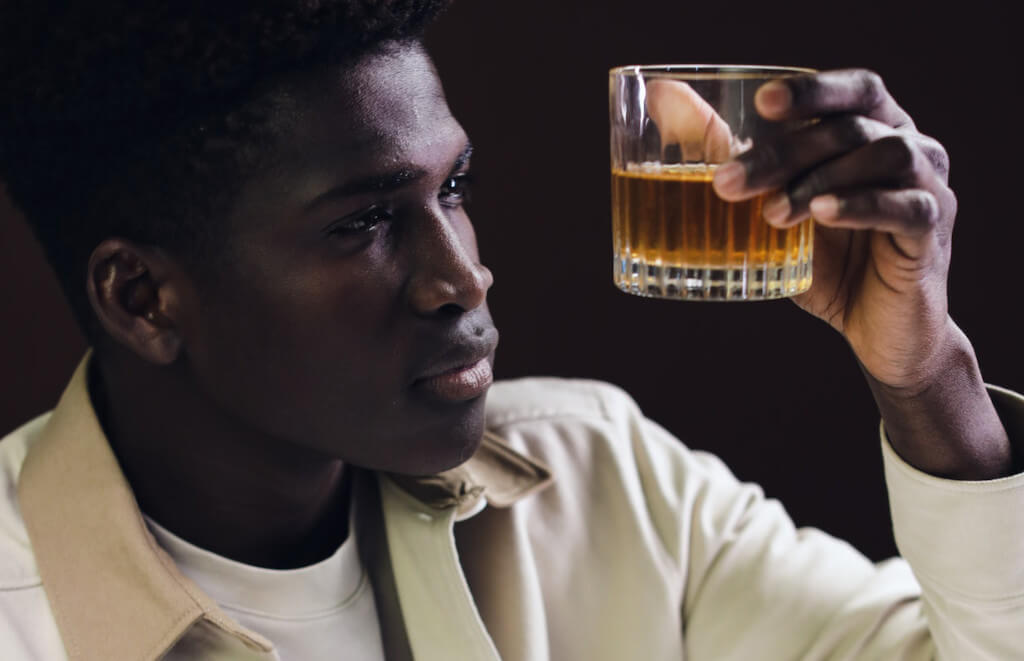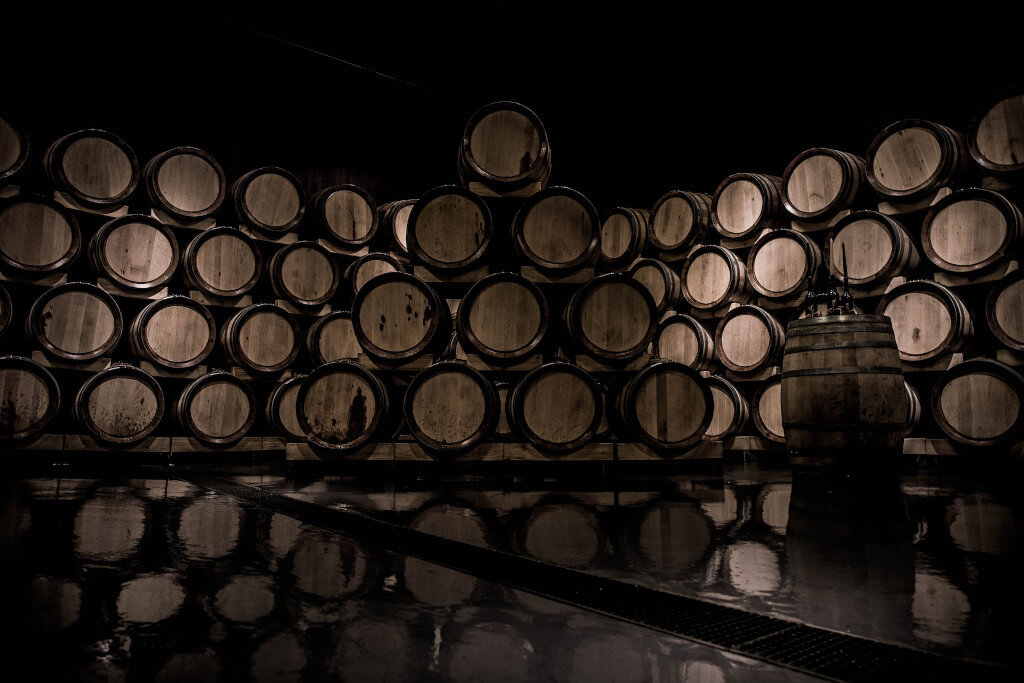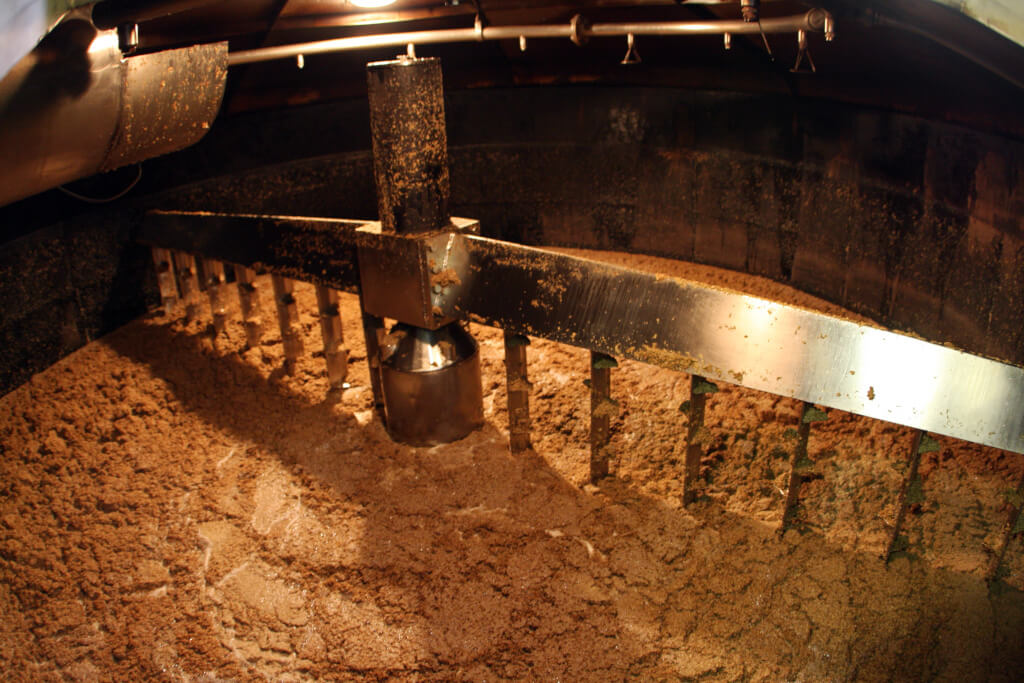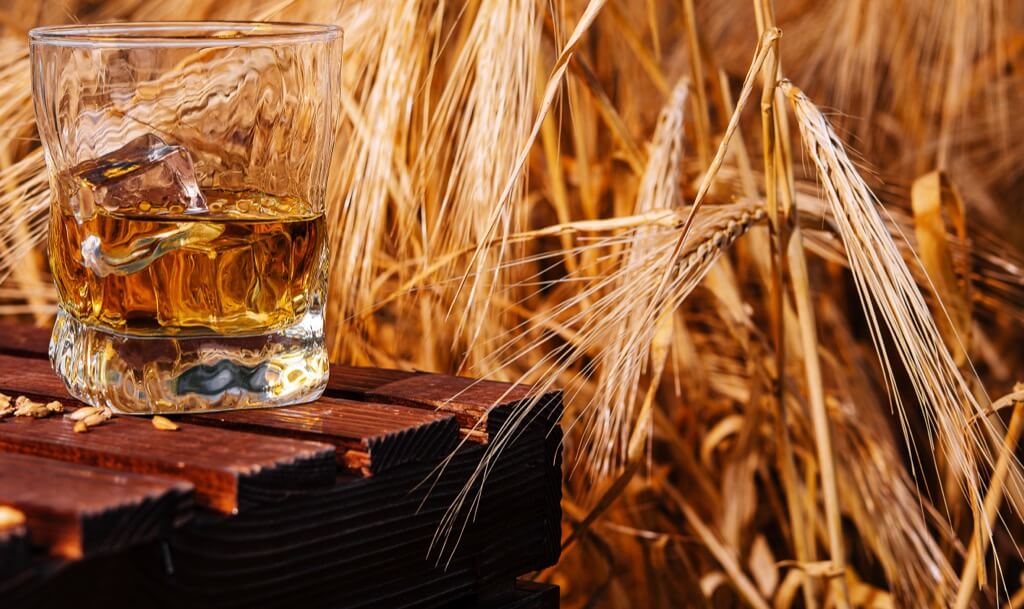A new year has begun. There is great anticipation for a new beginning as the calendar turns. It also includes updated projections for the booze business in the coming year. New consumer behaviors, such as stepping up one’s home cocktail-making abilities, have emerged while we all continue to deal with the effects of a global pandemic. The alcohol and spirits industry is poised to experience several significant shifts in 2023, including the dominance of single malts and the continuation of wood experimentation in whiskey. Some of these tendencies have their origins in the early days of the pandemic, but 2023 won’t be a mere repetition of the previous years. The following are the most interesting alcohol trends of the coming year.
Whiskey Travel
The growth of the Bourbon tourism industry has surprised us. Our Heaven Hill Bourbon Experience and Evan Williams Bourbon Experience used to be busy only on weekends, but now they are open every day of the week. The new and improved Heaven Hill Bourbon Experience in Bardstown has seen a dramatic increase in foot traffic. Anyone who isn’t able to join us for a tour or class is welcome to take their time exploring our brand-new gallery. After that, try a sample or visit the Five Brothers Bar on the second floor.
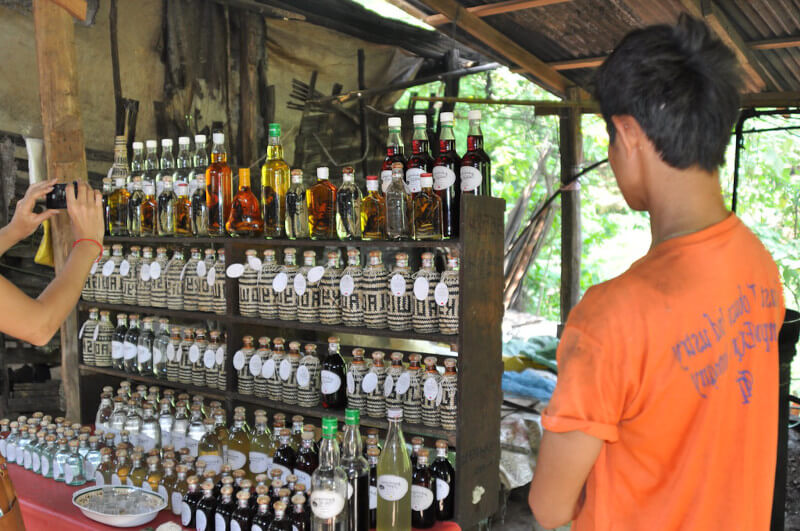
No crystal ball is needed to realize that the Bourbon experience and culture are evolving. We’re trying to appeal to a wider demographic than just Bourbon aficionados by partnering with artists from the state of Kentucky, including painters, musicians, and others. Five years ago, we wouldn’t have considered these options, but now that consumer tastes have shifted, we see our campus in Bardstown as a blank slate on which to build new attractions. Time is our only real obstacle. When we arrive at the office, there are already customers waiting in the parking lot. It’s hectic, believe me. Every. Single. Time.
The Cost of Whiskey Continues to Rise
Whiskey price increases are a major topic among the communities you choose to follow. Many stores now carry popular labels at prices shoppers would normally consider secondary. The online community has branded these establishments with the slur “museum.” Visit the museum to gawk at the dusty, rare exhibits behind glass and at prices you can’t possibly afford. (But surely there is a buyer.) Now these “museums” don’t have to go through the flipper, the secondary market’s lifeblood.
It’s hardly surprising that whiskey has a thriving secondary market, thus resellers aren’t doing anything wrong. For quite some time, wine has had one. The same can be said for innumerable other hobbies that feature exclusive, high-end products. objects like vehicles, knives, watches, and Pokémon cards.
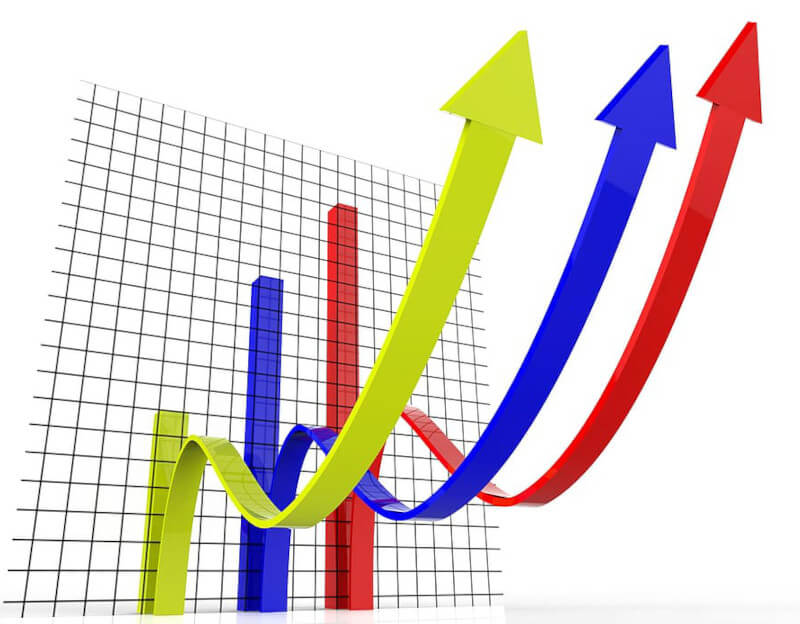
As expected, the price of a scarce commodity tends to increase as its demand increases. And the goal is to make money. Unfortunately, the secondary market has made it more difficult for the average person to buy hip bottles. However, this is not evidence of a malfunctioning system. A robust secondary market suggests that whiskey sales are booming.
Whiskey Dominance
Ireland and Scotland are the two most common associations with single malt whiskey. It has been made for hundreds of years for a reason. However, single malt has been enjoying a renaissance over the past two decades. The world’s distillers are putting their spins on the spirit, making a classic cocktail feel thoroughly contemporary. In 2023, the already substantial inventory of premium single malts from throughout the world will only increase in size.
A Focus on Terroir Editions
We’ve already discussed how “terroir” is a major factor in the success of New World whiskey labels. Once thought to be exclusive to winemaking, terroir is now being used by a growing number of distilleries to create whiskies with unique flavor profiles. The final product is a true “seed-to-bottle” representation of the region’s unique terroir in terms of scent and flavor. The pioneers of this movement are producers like Nevada’s Frey Ranch and Illinois’ Whiskey Acres.
What the Blockchain Technology Doing to the Rare, Collectible Spirits Industry and How NFTs Work
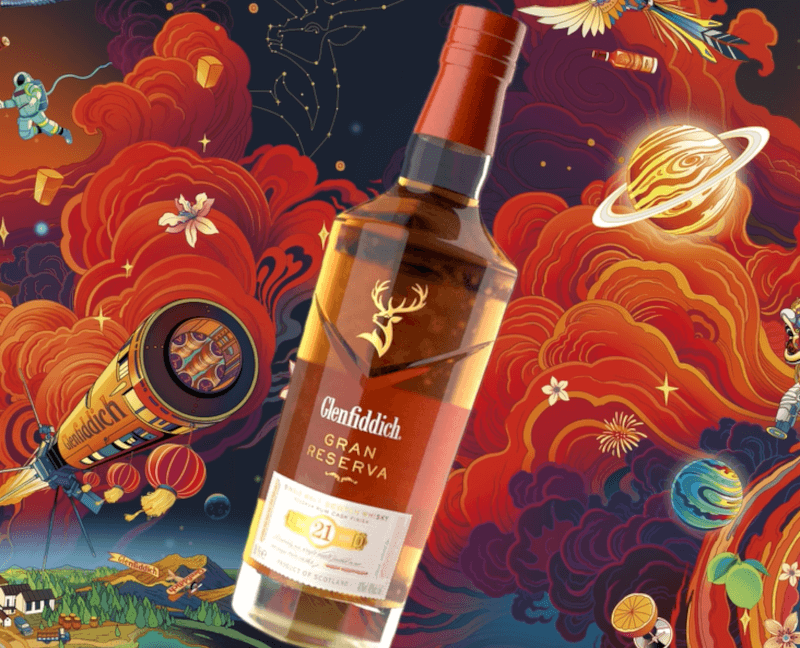
Although NFTs are often dismissed as mere marketing fads, blockchain technology has the potential to radically alter the way we conceptualize and transact with both digital and physical assets. Rare and expensive whiskies, like all collectibles, benefit from NFTs because of their increased authenticity, scarcity, and value.
Rare Midleton Irish Whiskey
This month, Block Bar is debuting the sale of The Pinnacle Vintage Irish whiskey via NFT. The $130,000 single-bottle release was gone in a flash because of its extreme rarity and high price. It will be interesting to see if and how other businesses try to mimic it, even though the medium’s staying power is still up in the air.
Regionalism
Like terroir, regionalism has the potential to become a defining characteristic of whiskey around the globe. Certain ingredients or methods of production are integral to the development of regional styles. Examples include “cool-climate” rye grown specifically in New York State and “cool-smoked” single malts from the American Southwest; and “brewery-driven” malting techniques in the Pacific Northwest.
Methods of Cask Ageing and Experimental Research
Distilleries have, for the most part throughout history, been allowed to standardize the aging process for their distillate. That has altered in recent years. To create modern takes on traditional aesthetics, manufacturers are experimenting with different aging methods. While Angel’s Envy Rye spends 18 months aging in previously used Caribbean rum casks, a bottle of Jefferson’s Ocean Aged at Sea Bourbon sails the globe. Larger cask sizes, a range of char levels, and even region-specific cask finishings are all on the horizon.
Picks with One Barrel
Single-barrel whiskies are possibly the most popular type of whiskey right now. These make it possible for bars, social media influencers, and stores to stock up on juice and bottle it themselves. These picks, which were popular among consumers and fans alike, were often waxed and adorned with a humorous sticker.
The Impact of Social Media on Whiskey Traditions
There was already a substantial way that social media influencers had over consumer opinion. Now, a new and rapidly expanding part of the internet has taken hold of the whiskey subculture. During the epidemic, there has been a dramatic increase in the size and number of whiskey groups on social media. People who were housebound and bored joined these communities in large numbers. Membership in local, regional, and state-specific groups across the United States has increased by multiples of two, three, and even four. The practice of communicating with thousands of individuals at once is now commonplace.


